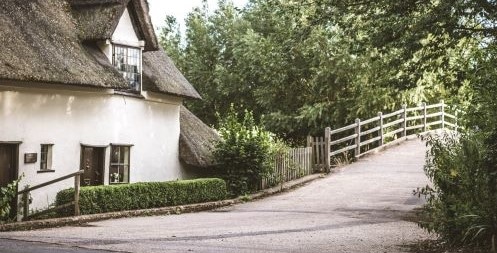
17 Sep How to Manage the Risk of Surface Water Flooding
If you don’t live close to a river or coast, you might think you home is safe from flooding. However surface water and flood damage can get anywhere after heavy rain, and your home could be in danger, whatever its location. There are steps you can take to reduce the risk, but if the flooding overwhelms these defences, you’ll need water damage restoration.
What Is Surface Water Flooding?
Surface water occurs after a heavy downfall of rain, such as a thunderstorm, when the drains can’t take the volume of water. The excess water flows over the surface and can get into your home — even if you live on top of a hill.
This is becoming a greater problem as climate change increases the frequency of these downpours. It’s likely that, over the next few decades, surface water flooding will become a significantly higher risk than it has been traditionally, while it’s almost impossible to predict where and when it may strike.
Managing the Risk
The risk of surface water flooding can be reduced in two ways — by modifying the building and by modifying your property’s surroundings.
One option is to replace bricks at ground level with self-closing airbricks, which will automatically close as the water rises. It’s also important to check that the mortar around the bricks is in good condition, since this can be the weak spot allowing water in. There are also flood-resistant doors available that look just like normal doors.
As far as the wider property is concerned, you can fit a non-return valve on your drains, which will prevent excess water coming back up into your home. Also, think about replacing any concrete surfaces you have with natural surfaces or gravel, as these are far better at absorbing surface water.
Water Damage Restoration
If, in spite of this, your home suffers from surface water flooding, you’ll need flood damage restoration for the property. Besides the flood clean up, the most obvious damage is likely to be to fittings, such as carpets, and the electrical equipment.
However, flood waters can also get into your walls and foundations, and flood restoration is even more crucial in these cases, where the water can rot timbers and weaken masonry. These need to be restored as soon as possible, since the damage could compromise the structure. It would also cause serious problems if you try to sell the property.
The problem is that the longer you leave this water damage restoration, the harder (and more expensive) it’s going to be. If you’ve suffered from surface water damage, or want to reduce the risk, get in touch with us.




